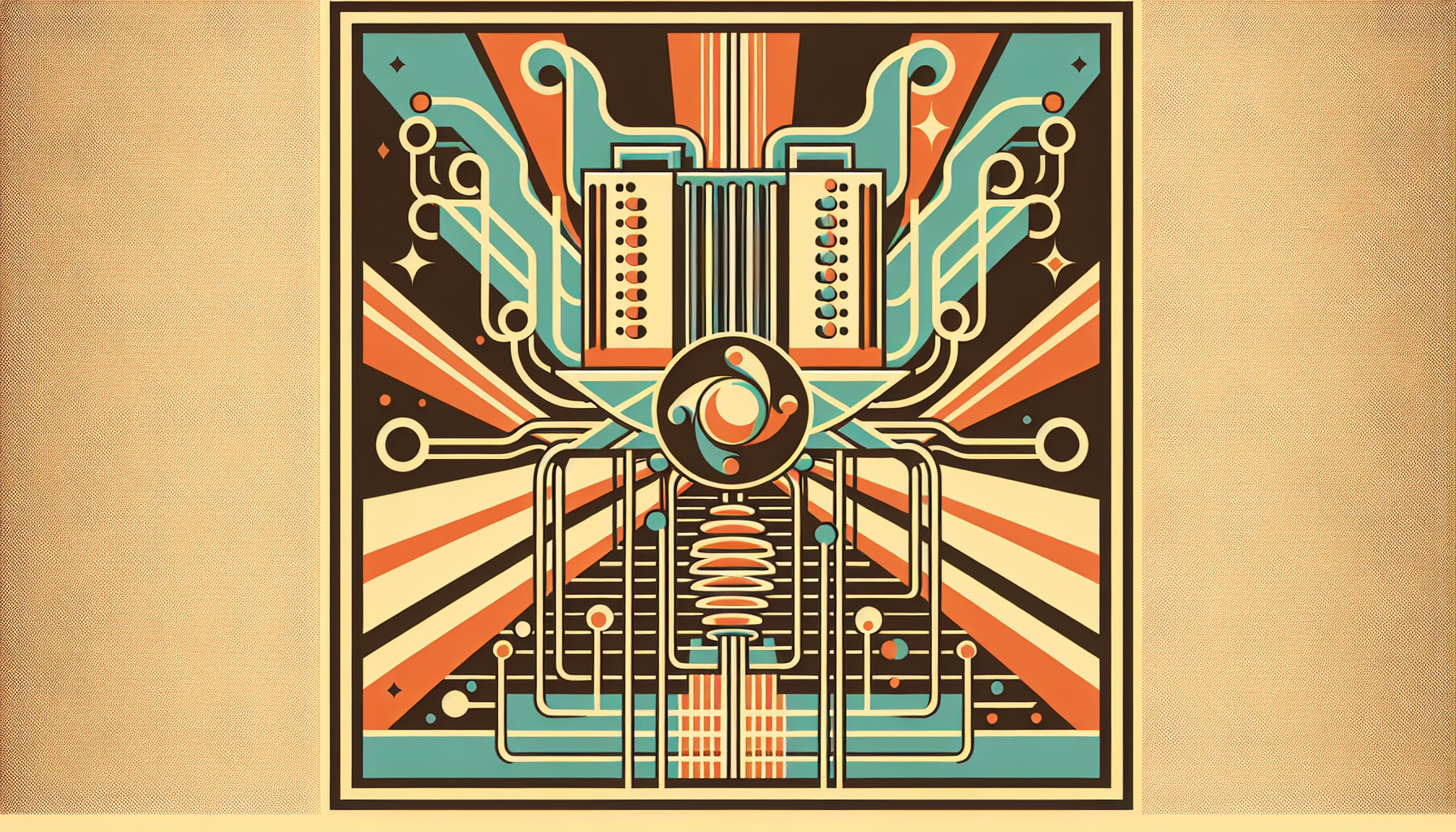Google’s quantum computer has reached a remarkable milestone that brings the world one step closer to practical quantum technology. For the first time, a quantum computer has clearly outperformed the best classical supercomputers on a challenging scientific task using new, sophisticated software.
A New Speed Record in Science
Using an advanced algorithm called Quantum Echoes, Google’s quantum system completed a complex physics simulation 13,000 times faster than the most powerful non-quantum machines available today. This remarkable achievement happened on Google’s 65-qubit superconducting processor, known as the Willow chip. The results were carefully reviewed and published in the respected journal Nature.
What Makes This Different?
Previous breakthroughs in quantum computing mainly focused on hardware feats—building processors that could, in theory, achieve “quantum supremacy.” But this time, the victory comes from the software side: a new algorithm that makes full use of unique quantum effects to solve real problems. The Quantum Echoes algorithm can measure and explore subtle events called Out-of-Time-Order Correlators (OTOCs), which are important for understanding how information spreads and becomes scrambled in quantum systems—a challenge that traditional computers struggle with even on their fastest days.
Unlocking Nature’s Mysteries
Why does this matter outside the lab? By simulating the behavior of atoms and molecules with such accuracy and speed, quantum computers promise to transform fields like chemistry, biology, and materials science. One immediate benefit is the ability to use quantum calculations to refine tools such as Nuclear Magnetic Resonance (NMR) spectroscopy, a method scientists use to discover the detailed structure of new molecules. With quantum simulation, Google’s system matched and even added new insights to existing NMR data, showing for the first time that quantum computers may become essential instruments for exploring the invisible, complex behaviors of the natural world.
A Major Step on the Quantum Roadmap
This achievement is part of Google Quantum AI’s six-step plan towards building quantum computers that can solve real-world problems. For years, the team has pursued milestones such as quantum error correction and demonstrating hardware superiority. Now, with this software-driven breakthrough, quantum technology is moving decisively from experimental curiosity toward becoming a truly useful tool.
The next phase will be even more ambitious. Researchers aim to build systems with error-corrected logical qubits—advanced units that can maintain their calculations much longer and solve even more complex problems. With each step, Google and its partners edge closer to a future where quantum computers help design new drugs, discover new materials, and power breakthroughs in computing and artificial intelligence.
Why This Changes Everything
- Quantum computers using the Quantum Echoes algorithm have officially demonstrated a 13,000× speed advantage over the world’s best supercomputers in important scientific simulations.
- The experiment marks the first time an algorithm, not just hardware, has delivered an unquestionable quantum advantage.
- Practical applications are already visible, offering new tools for molecular modeling, faster drug discovery, and novel materials—all critical to the future of medicine, energy, and industry.
- This moment lays the foundation for a future where quantum computing supports advances in fields as diverse as artificial intelligence and robotics.
Google’s achievement stands as a powerful reminder of how far computing has come—and how much further it can go. With dedicated partnerships and continued progress in both hardware and software, quantum computers are steadily becoming not just a dream of science, but a tool that may soon reshape what is possible in our world.

Leave a Reply